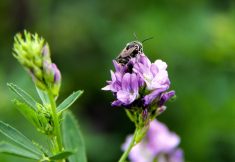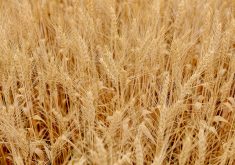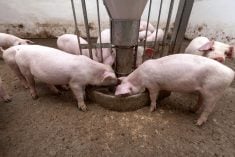As the world population grows and climate change progresses, food resources could become scarce in the future.
That has ramped up the pressure on plant breeders to improve the yield of our staple plants, giving rise to a key question: Can existing varieties be optimized through breeding?
To help boost the yield of today’s sorts, an international team of scientists studied the genetic diversity of various wheat varieties and in doing so have discovered relationships with human sociocultural history.
Scientists at Helmholtz Zentrum München were involved in the large-scale study, funded by the European Union. Along with teams from France, Italy, Hungary, Turkey and other European countries, they analyzed the genomes of 480 wheat varieties, including wild grasses, ancient grains and modern high-performance types.
Read Also

Ontario’s other economic engine: agriculture and food
Ontario Federation of Agriculture president, Drew Spoelstra, says Ontario’s agriculture and agri-food sector should be recognized for its stability and economic driving force.
In addition to learning about the evolution and cultivation of today’s bread wheat, the geneticists also linked the development of wheat to geographic and geopolitical events in human history.
Modern bread wheat originated around 10,000 years ago in the region of modern-day Turkey from a cross between durum wheat and a wild grass (Aegilops tauschii), while spelt stems from cultivated emmer and various types of bread wheat.
“The occurrence of cultivated plants is closely linked to human migrations over the millennia,” says Michael Seidel, along with Daniel Lang one of the lead authors of the study. Both researchers work in the Plant Genome and Systems Biology group (PGSB) at the Helmholtz Zentrum München.
The PGSB team identified three gene pools in the bread-wheat varieties used today that are closely linked to historical events: one from high-yielding varieties domesticated in the near east that spread as part of the green revolution and two separate gene pools from Western and Central Europe. They diverged between 1966 and 1985 as a result of geopolitical and socio-economic separation during the Cold War. With the fall of the Iron Curtain in 1989, the wheat lines gradually mixed again, as their genomes reveal.
Even the emergence and expansion of the European Union can be seen in the genome of today’s wheat. Wheat lines that used to be cultivated mainly in Central Europe are now used throughout Europe. “These examples demonstrate the influence of humans on the distribution and evolution of crop plants — beyond their actual development into cultivated plants,” said Lang.












